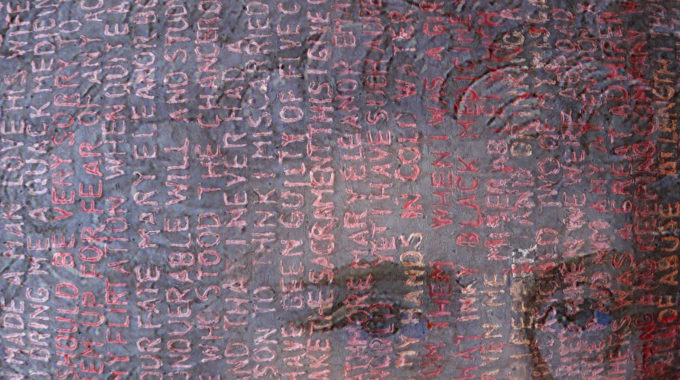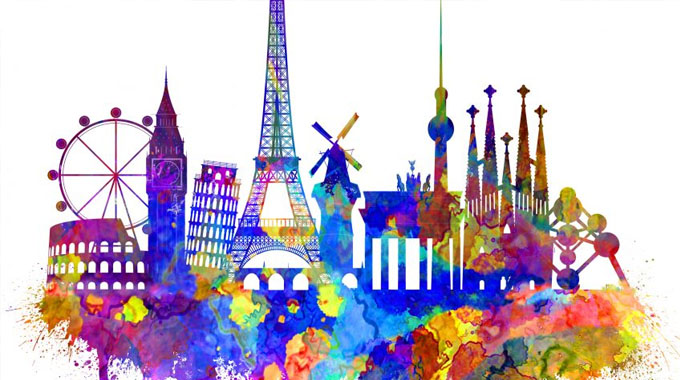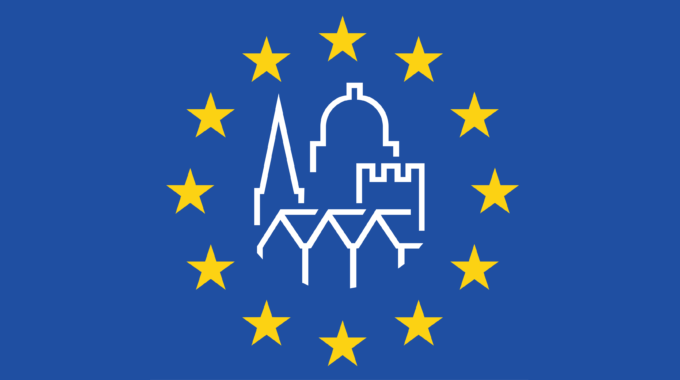In order to restore and inspire the people on a global scale about the arts…

Mapping Contemporary Art In The Heritage Experience: Walking, Looking And Telling Tales

Commissioned by the Newcastle University, renowned artist Mark Fairnington organizes walking tours and art exhibitions at Cherryburn in order to examine and create awareness among the visitors about art lying within cultural heritage properties. From minuscule oil paintings to watercolor on canvas, the artworks depict the heritage of the place, the beautiful landscape as well as the phenomenal work of Thomas Bewick. Inside the half parlor of Bewick’s birthplace, the paintings are testimonies of the initiatives of EFAH. Learn more about the initiatives and history of European Forum for the Arts and Heritage.
Thomas Bewick had a passion for walking and gathering information of the cultural heritages around Europe including the people he met on his journeys. His inspiration is resulted in the exhibits of Northumberland and Cherryburn. Fairnington tries to pay a tribute to Bewick and make people acquainted with the heritage and landscape that inspired the artist to come up with those pictures that tell a thousand tales. From a contemporary viewpoint, the miniature paintings of countryside are rich in details and are also available in print version.
 The National Trust of UK, Arts Council of England, Churches Conservation Trust, Contemporary Visual Arts Network and the Newcastle University have come jointly with this research project of Mapping Contemporary Art in the Heritage Experience which has been resulted in not only the four new artworks exhibited in heritage sites but also in exhibition, conference and the online digital resource.
The National Trust of UK, Arts Council of England, Churches Conservation Trust, Contemporary Visual Arts Network and the Newcastle University have come jointly with this research project of Mapping Contemporary Art in the Heritage Experience which has been resulted in not only the four new artworks exhibited in heritage sites but also in exhibition, conference and the online digital resource.
There are evening walks with Fairnington where he introduces the visitors about Walking, Looking Telling Tales commission and his feelings for Northumberland as well as the factors that inspired his paintings. There is also the 4-mile walk during evening where the visitors will traverse the path in the Cherryburn surroundings to learn about how Mark was inspired by then landscape for recent Cherryburn commission.
How Cherryburn Inspired Fairnington’s Artworks?

The pioneer of revolutionizing print media in Georgian England, naturalist and wood engraver, Bewick’s birthplace i.e. Cherryburn, Cottage with Farmhouse is the property of National Trust. Overlooking the scenic Tyne Valley, the serene garden on which the property is set up, stands as evidence of natural inspiration of Bewick. Fairnington tries to create a painting series to depict Cherryburn’s history and Bewick’s story.
Mapping Contemporary Art In The Heritage Experience –What It Is?
 As the interdisciplinary research project, MCAHE examines the practice and role of the temporary commissioning of visual art within Britain’s heritage properties while mapping current landscape, exploring its impact on the visitors and producers. From various perspectives, the researchers try to integrate the experience and knowledge of artists, scholars, volunteers, heritage professionals and also the visitors. The project duration is from 2017 to 2019 and the AHRC funds the project so that the project gets delivered in partnership with National Trust of UK, English Heritage and Churches Conservation Trust. As for public outputs, the new 5 commissioned artworks within northeast England’s heritage property sites were produced besides the international conference regarding contemporary artworks in heritage practice as well as the Hatton Gallery exhibition in 2019 in Newcastle.
As the interdisciplinary research project, MCAHE examines the practice and role of the temporary commissioning of visual art within Britain’s heritage properties while mapping current landscape, exploring its impact on the visitors and producers. From various perspectives, the researchers try to integrate the experience and knowledge of artists, scholars, volunteers, heritage professionals and also the visitors. The project duration is from 2017 to 2019 and the AHRC funds the project so that the project gets delivered in partnership with National Trust of UK, English Heritage and Churches Conservation Trust. As for public outputs, the new 5 commissioned artworks within northeast England’s heritage property sites were produced besides the international conference regarding contemporary artworks in heritage practice as well as the Hatton Gallery exhibition in 2019 in Newcastle.
The Activity Of Mapping
On the framework of 2013 UK Audit of the contemporary artworks within museum and heritage sites, mapping is executed by the researchers who are based in Newcastle University, University of Leeds, CCSMGH and School Of Arts And Culture. By updating and digitizing the material, they seek to generate the new field map while describing artistic content distribution of complete projects, network of heritage sites and the contribution of curators, artists and the partner organizations. While being delivered through Exchange strand of the project, the mapping activity will merge with key research outputs, journal articles and the upcoming conference in 2019.
 The contemporary artworks in various heritage sites will be included on an interactive Google Map which will highlight site-specific temporary artworks which represent extensive category of the practice of visual arts. The Open Call in February, 2018 called out the arts sector of UK for contributing to field mapping and in this initiative fifty six curators, artists as well as arts organizations participated giving new information regarding 86 contemporary artworks in the heritage projects ranging from parklands to gardens, industrial sites, historic houses, defensive structures, rural heritage structures and churches. The map is all set to be launched in early 2019.
The contemporary artworks in various heritage sites will be included on an interactive Google Map which will highlight site-specific temporary artworks which represent extensive category of the practice of visual arts. The Open Call in February, 2018 called out the arts sector of UK for contributing to field mapping and in this initiative fifty six curators, artists as well as arts organizations participated giving new information regarding 86 contemporary artworks in the heritage projects ranging from parklands to gardens, industrial sites, historic houses, defensive structures, rural heritage structures and churches. The map is all set to be launched in early 2019.




This Post Has 0 Comments